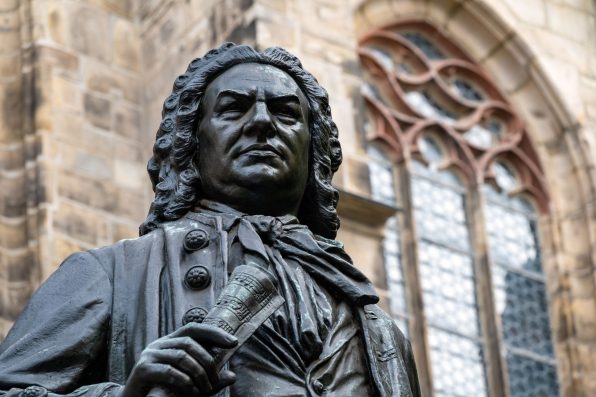Researchers Analyzed Bach’s Music Using Information Theory, Revealing That The Iconic Composer Was A True Mathematical Genius

The name J.S. Bach has been synonymous with musical mastery for centuries. He is considered one of the greatest composers of all time.
His works are revered by musicians, scholars, and audiences, inspiring generations of composers that followed him. It’s clear that Bach was quite intelligent, but experts have always wanted to know more about his abilities.
Researchers from the University of Pennsylvania have analyzed Bach’s music with information theory. During his lifetime, Bach produced an enormous number of pieces, from soul-stirring cantatas to intricate fugues.
The researchers investigated hundreds of these pieces to figure out how Bach communicated with people through his music.
In the study, mathematician Suman Kulkarni and her colleagues found out how Bach gives his listeners information through his music and how listeners’ brains would make the connections without even realizing it.
To conduct the analyses, they first deconstructed Bach’s music into a network-like chart, which showed all the possible combinations of notes for each piece. Then, they compared the quantity of information in each composition to see how effective they were at conveying information to listeners.
They found that preludes and toccatas, which were meant to surprise and entertain, contained more information than chorales, which were composed for church settings, where a simple, meditative environment is key.
The researchers also used a computer model to study listeners’ perception of Bach’s music when it’s being played. Participants of the experiments had to react to a series of images on a screen.
The researchers measured their reactions on how surprising an element of the sequence of images was and how likely the participants thought it was for two connected notes to play one right after another.

Marcus Friedrich – stock.adobe.com – illustrative purposes only
Since humans do not learn perfectly, the results were not completely accurate, but the researchers were able to quantify any errors.
Still, Kulkarni aims to improve the computer model to resemble actual brain scans of people listening to music more closely.
Overall, Bach’s music was highly efficient at communicating information, revealing his true mathematical genius.
The researchers hope that their work will lead to future exploration of the connection between science and music. Perhaps the same types of analyses will be performed for different composers and non-Western music.
Sign up for Chip Chick’s newsletter and get stories like this delivered to your inbox.
More About:News